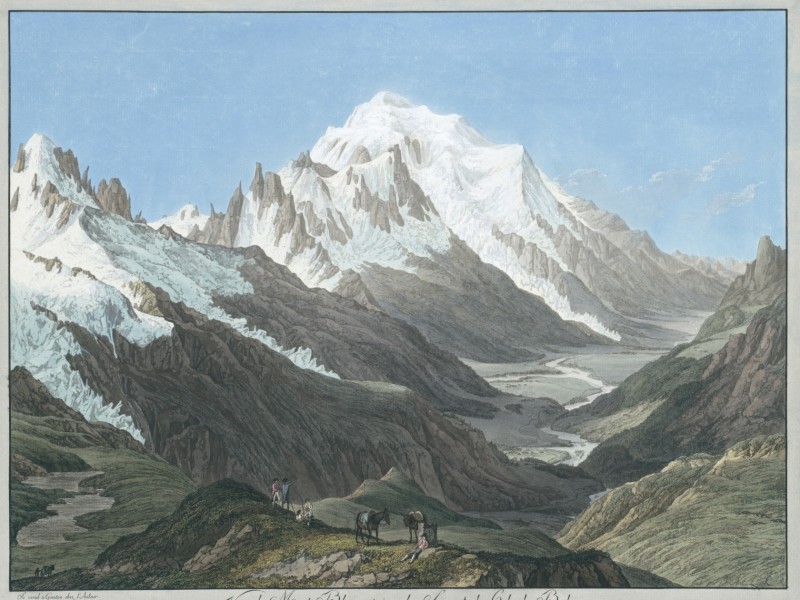Here at Open Culture, when we think of authors who write work made for the movies, we do, of course, think of names like Dan Brown, J.K. Rowling, and Robert Ludlum — but even more so of names like Samuel Beckett, whose pushing of aesthetic and intellectual boundaries on the stage we welcome now more than ever on the screen. And in a way, his works have undergone more complete film adaptation than have the books of many bestselling mainstream writers, thanks to the 2002 omnibus project Beckett on Film, which rounded up nineteen auteurs to direct films, ranging in length from seven minutes to two hours, of each and every one of his nineteen plays.
Beckett on Film’s roster of directors includes Michael Lindsay-Hogg doing Waiting for Godot, Atom Egoyan doing Krapp’s Last Tape, Neil Jordan doing Not I, the artist Damien Hirst doing Breath, and Anthony Minghella, he of The English Patient and The Talented Mr. Ripley, doing Play, which you can watch above. The sixteen-minute production adapts Beckett’s 1963 one-act, a distinctively purgatorial sort of romantic drama which presents a man (“M”), his wife (“W1”), and his mistress (“W2”), each trapped in an urn, each forced to speak about the details of their triangular relationship when, on stage, the spotlight turns to them. On film, Minghella chooses to swap out the spotlight for the camera itself, which cuts, swings, and shifts focus swiftly between the three, commanding the history of the affair from all three perspectives, each delivered with flat, rapid-fire insistence yet with surprising clarity and feeling as well.
Those qualities naturally owe to Beckett’s mastery of the word, but also to the performances of the three actors, given under absurd circumstances, caked with filth and stuffed into pots: Kristin Scott Thomas as the wife, Juliet Stevenson as the mistress, and the late Alan Rickman as the hiccuping adulterer. Every line they speak distills some aspect of the Beckettian worldview: “Silence and darkness were all I craved,” says Thomas’ W1. “Well, I get a certain amount of both. They being one. Perhaps it is more wickedness to pray for more.” “Things may disimprove,” says Stevenson’s W2. “Adulterers, take warning,” says Rickman’s M, “never admit.” And the ultimate question: “When will all this have been… just play?” But in Beckett’s reality, there’s nothing so “just” about it.
Related Content:
Take a “Breath” and Watch Samuel Beckett’s One-Minute Play
Hear Samuel Beckett’s Avant-Garde Radio Plays: All That Fall, Embers, and More
Samuel Beckett Directs His Absurdist Play Waiting for Godot (1985)
Monsterpiece Theater Presents Waiting for Elmo, Calls BS on Samuel Beckett
Rare Audio: Samuel Beckett Reads Two Poems From His Novel Watt
Based in Seoul, Colin Marshall writes and broadcasts on cities and culture. He’s at work on a book about Los Angeles, A Los Angeles Primer, the video series The City in Cinema, the crowdfunded journalism project Where Is the City of the Future?, and the Los Angeles Review of Books’ Korea Blog. Follow him on Twitter at @colinmarshall or on Facebook.






